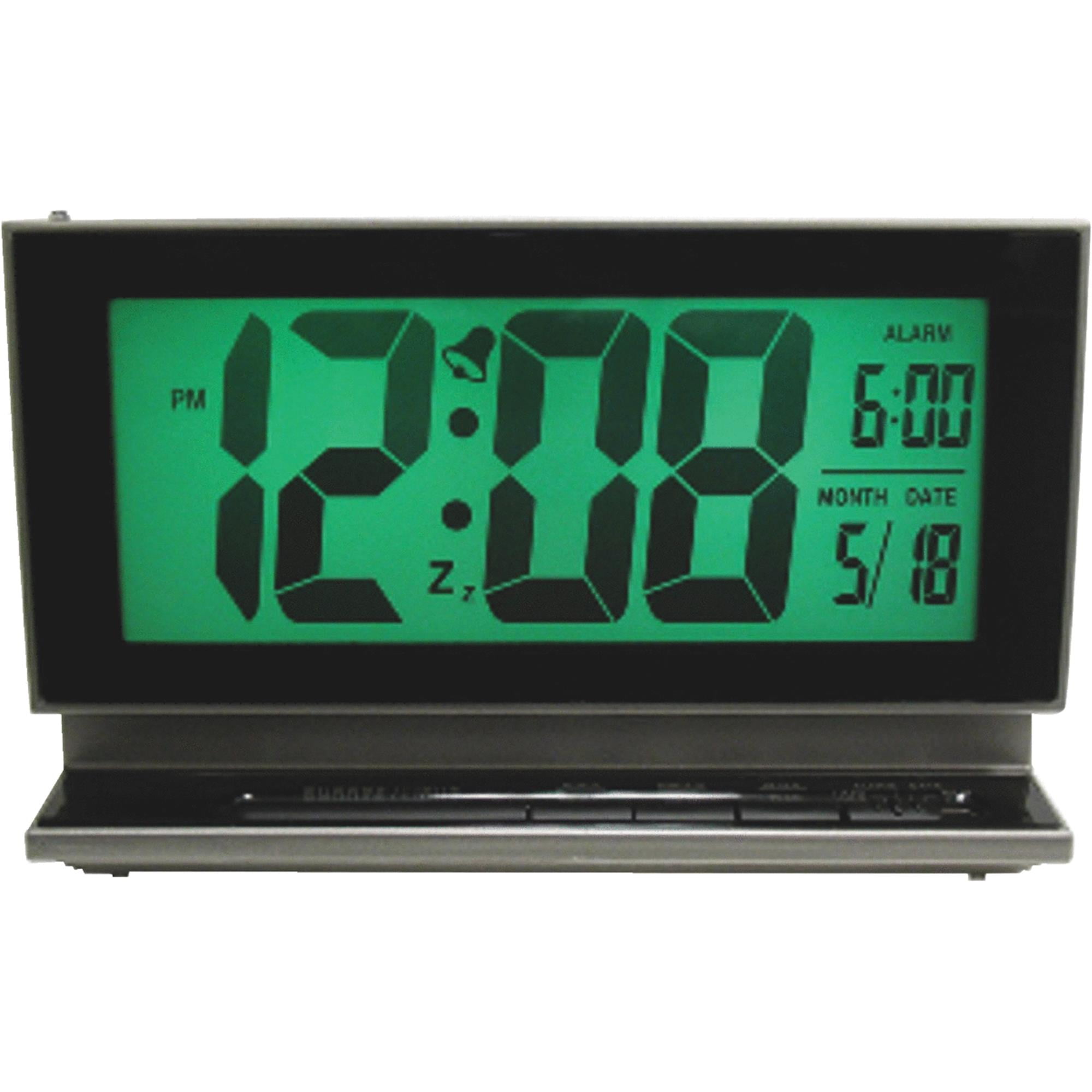

Kilowatt-hours, like all other specialized energy units such as food calories, can be converted to joules. It is easy to estimate the cost of operating electric appliances if you have some idea of their power consumption rate in watts or kilowatts, the time they are on in hours, and the cost per kilowatt-hour for your electric utility. The energy unit on electric bills is the kilowatt-hour (kW ⋅ h), consistent with the relationship E = Pt. For example, the more lightbulbs burning, the greater P used the longer they are on, the greater t is. Is the energy used by a device using power P for a time interval t. This familiar fact is based on the relationship between energy and power. The more electric appliances you use and the longer they are left on, the higher your electric bill. If the bulb’s resistance remained constant, its power would be exactly 100 W, but at the higher temperature its resistance is higher, too. Thus, when the voltage is doubled to a 25-W bulb, its power nearly quadruples to about 100 W, burning it out. Furthermore, since voltage is squared in P = V 2/ R, the effect of applying a higher voltage is perhaps greater than expected.


For example, P = V 2/ R implies that the lower the resistance connected to a given voltage source, the greater the power delivered. (In more complicated circuits, P can be the power dissipated by a single device and not the total power in the circuit.) Different insights can be gained from the three different expressions for electric power. In a simple circuit, with one voltage source and a single resistor, the power supplied by the voltage source and that dissipated by the resistor are identical. Note that the first equation is always valid, whereas the other two can be used only for resistors. Three expressions for electric power are listed together here for convenience: Similarly, substituting V = IR gives P = I(IR) = I 2R. Substituting I = V/R gives P = ( V/ R) V= V 2/ R. To see the relationship of power to resistance, we combine Ohm’s law with P = IV. In some applications, electric power may be expressed as volt-amperes or even kilovolt-amperes (1 kA ⋅V = 1 kW). These outlets may be rated at 20 A, so that the circuit can deliver a maximum power P = IV = (20 A)(12 V) = 240 W. For example, cars often have one or more auxiliary power outlets with which you can charge a cell phone or other electronic devices. Since the SI unit for potential energy (PE) is the joule, power has units of joules per second, or watts. Recognizing that current is I = q/ t (note that Δ t = t here), the expression for power becomesĮlectric power ( P) is simply the product of current times voltage. P = P E t = q V t P=\frac\\ P = t PE = t q V .


 0 kommentar(er)
0 kommentar(er)
